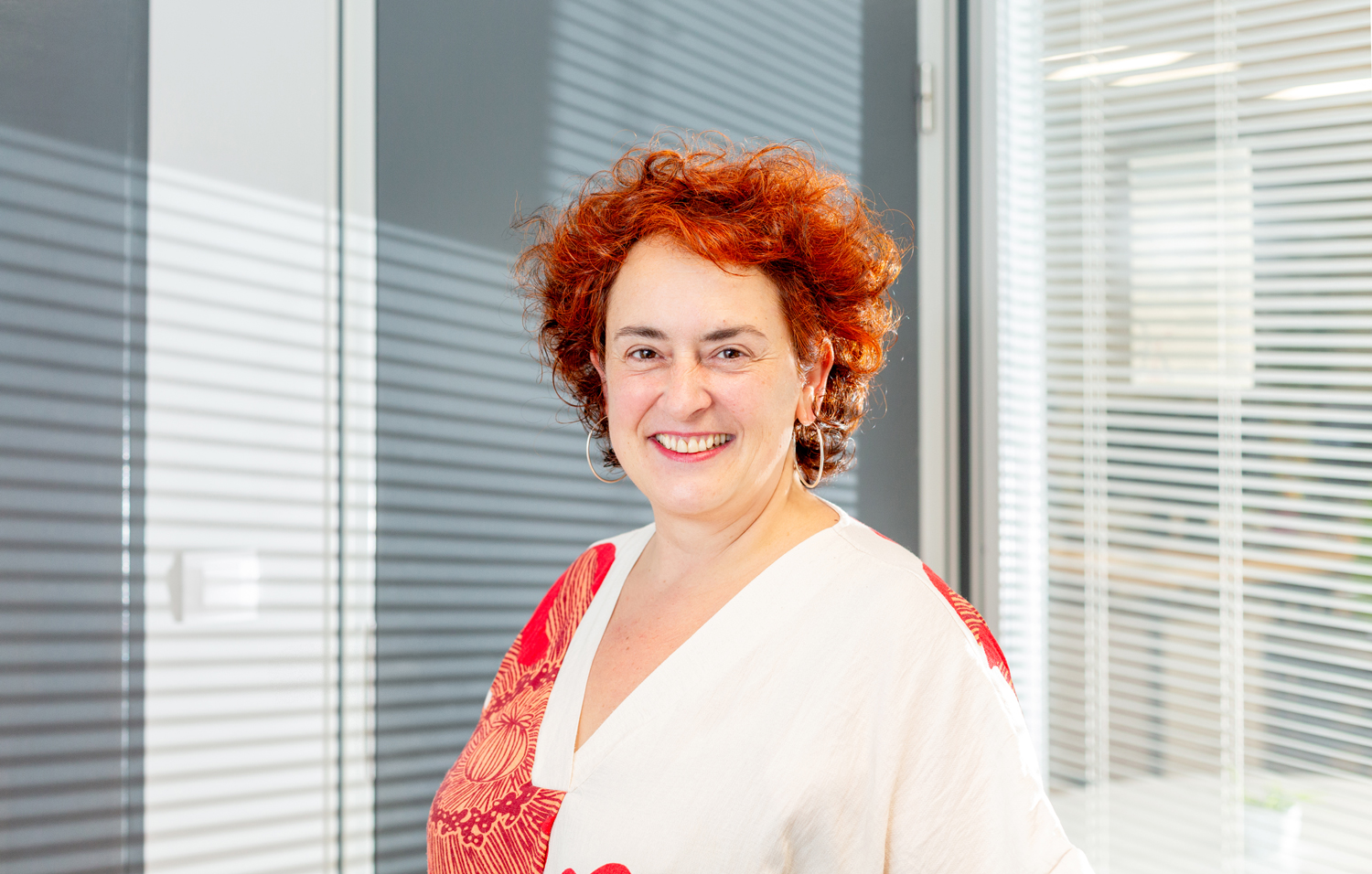Jone Miren Hernández: "It is necessary that the youth culture and the Basque Country merge"
- Jone Miren Hernandez and Olatz Altuna attended the meeting of the Committee on Social Policy and Youth of the Basque Parliament on 23 February to explain the results of the Gazteak Euskararen Escenatokia research, presented in September 2020. This study distinguishes three types of uses: ideological, localized and inhabited, and Hernández has emphasized that: "We have seen very clearly that in the use of the Basque youth there are two fundamental pillars: the school and the family. Young people relate use to these two areas in particular. But these two areas are precisely the ones with the least prominence in the youth stage".

The authors of the study underlined in the Committee on Youth that the research is intended to be used and invited parliamentarians and parliamentarians to take into account what was seen in the results in decision-making or in the design of public policies. As reported by the Socio-linguistic Cluster, all those who participated in the Basque Government commission confirmed their willingness to continue to deepen and relate "inter alia, with a view to the process of drafting the new Basque Youth Act".
What factors have to do with the use of Euskera among youth?
This study analyzes, from a qualitative point of view, the factors related to the use of Euskera among young people in four municipalities: Zumaia, Pasaia, Gernika and Amorebieta-Etxano. "Specifically, young people have been given the opportunity to construct a discourse on the use of the Basque Country, without limits, from their interest and experience".
The study has differentiated three types of use:
- Ideological use: the one that places Euskera in society.
- Situated use: the one that analyzes the legitimization - or non-legitimization - of the use of the Basque Country in certain spaces.
- Intensive use: use meaning and performed, that is, that gets language and identity.
Jone Miren Hernández: "It is necessary that the youth culture and the Basque Country merge"
"We have seen very clearly that in the use of the Basque youth there are two fundamental pillars: the school and the family. Young people relate use to these two areas in particular. But it is precisely these two areas that have the least prominence in the youth stage. At this time, the elderly have a special role and the presence of the Basque country in this area falls considerably. Therefore, we have seen the need to merge the youth culture with the Basque. That is, Euskera should be present in the resources and spaces that young people have to express themselves as young people. This would make it possible to influence the use". Here is the testimony of Jone Miren Hernández in the video:
There are no breathing spaces without proper speakers. Native speakers are the support, the oraceration, the mainstay and the foundation of the respiratory zones.
But let's start at the beginning: what are the respiratory zones? The word Arnasa is a word translated into Basque... [+]
Kaleko 71.000 elkarrizketa eta 227.900 solaskide behatu dituzte UEMAko herrietan, eta 2017koa baino ikerketa are sendoagoa burutu dute. Erabilera orokorra ez da ia aldatu: bostetik hiru aritzen dira euskaraz. Adina eta generoaren arabera badira desberdintasun batzuk.




















